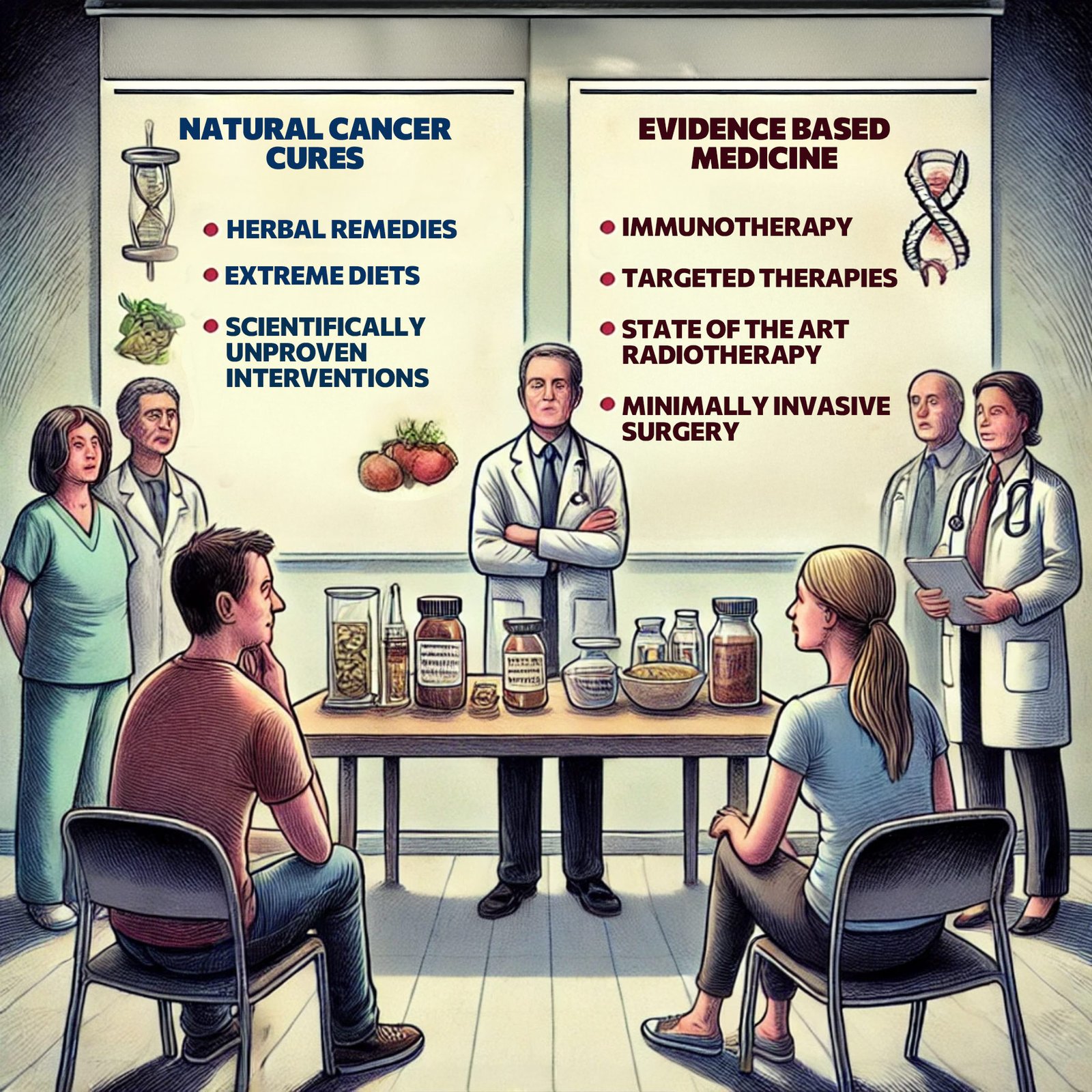14 February 2025
Is Hirsch therapy seen in Netflix’s Apple Cider Vinegar real?

Milla in the series wants a ‘natural cancer cure’ that involves juicing and enemas – here, experts to explain why sadly this approach doesn’t work.
Viewers of Netflix’s Apple Cider Vinegar, based loosely on the true story of Australian wellness blogger Belle Gibson who lied about having (and then curing) brain cancer through changing her diet, will be familiar with the idea of ‘Hirsch therapy’.
In the series, fellow blogger and influencer Milla, who also has cancer, is seen partaking in the ‘natural cancer cures’ pushed by the Hirsch clinic, which include living on a juice-based diet, undergoing regular coffee enemas and looking into mistletoe therapy. She even goes on to create her own line of juices, which she then tours the country trying to sell – in spite of it being clear that her disease is unfortunately progressing.
During the series, in a bid to only eat organic food, Milla is also seen snapping at a waitress after learning her meal is not totally organic, suggesting she may also be battling with disordered eating patterns following her stay in the Hirsch retreat.
While Apple Cider Vinegar makes clear it’s an almost ‘true story based on a lie’, it can sometimes be hard to tell which bits of the series are real and which aren’t – including certain characters and whether or not Hirsch therapy is a real thing.
To learn more, Cosmopolitan UK spoke to Dr Liz O’Riordan, a breast surgeon, cancer patient and author of The Cancer Roadmap and Dr Dionysios Papadatos-Pastos, an accomplished oncologist of 20+ years who works with Doctify, to to find out if Hirsch therapy is legit, if there are any natural or alternative treatments to cancer that are recommended by leading experts, and more.
Read the full article
